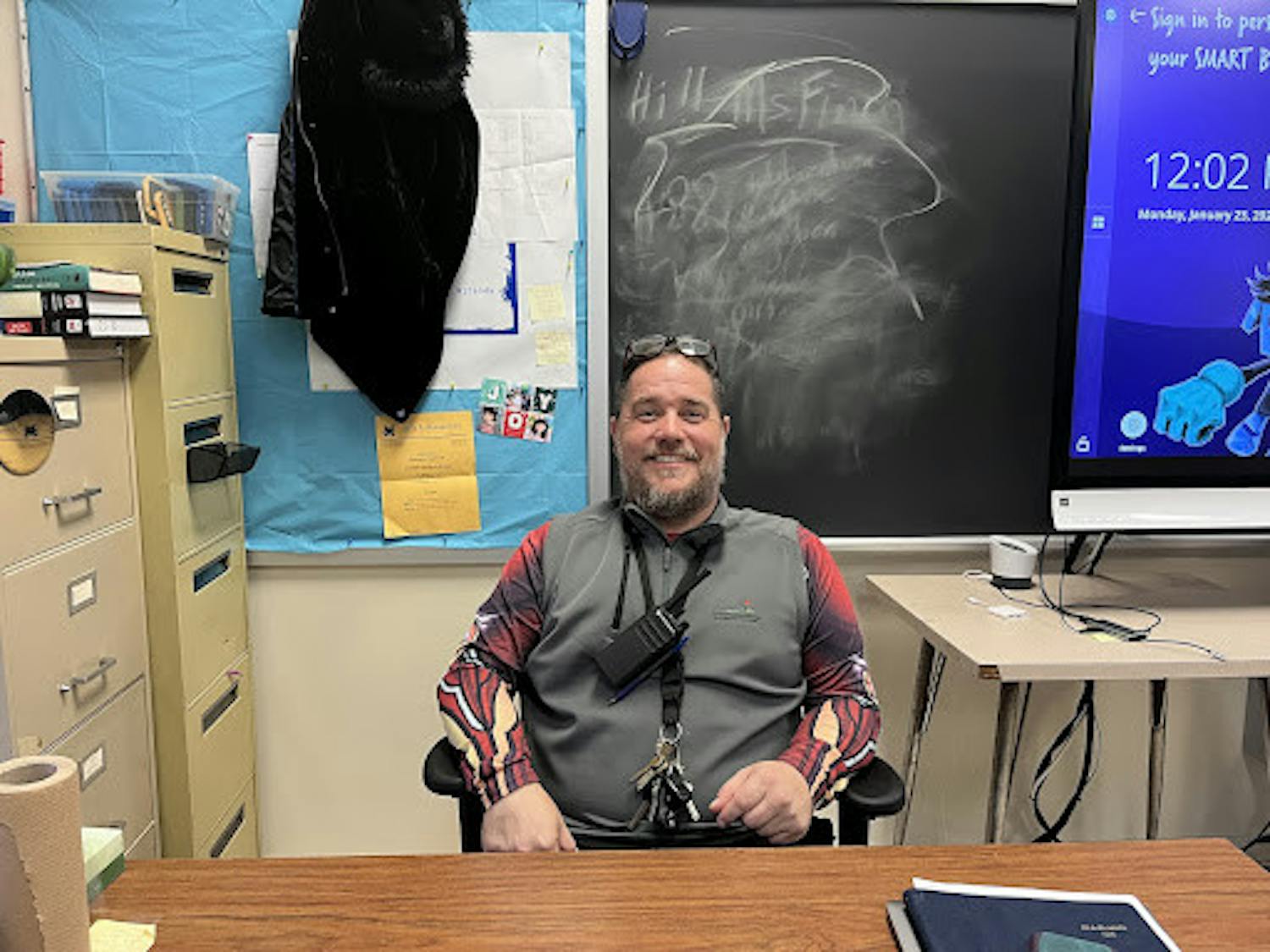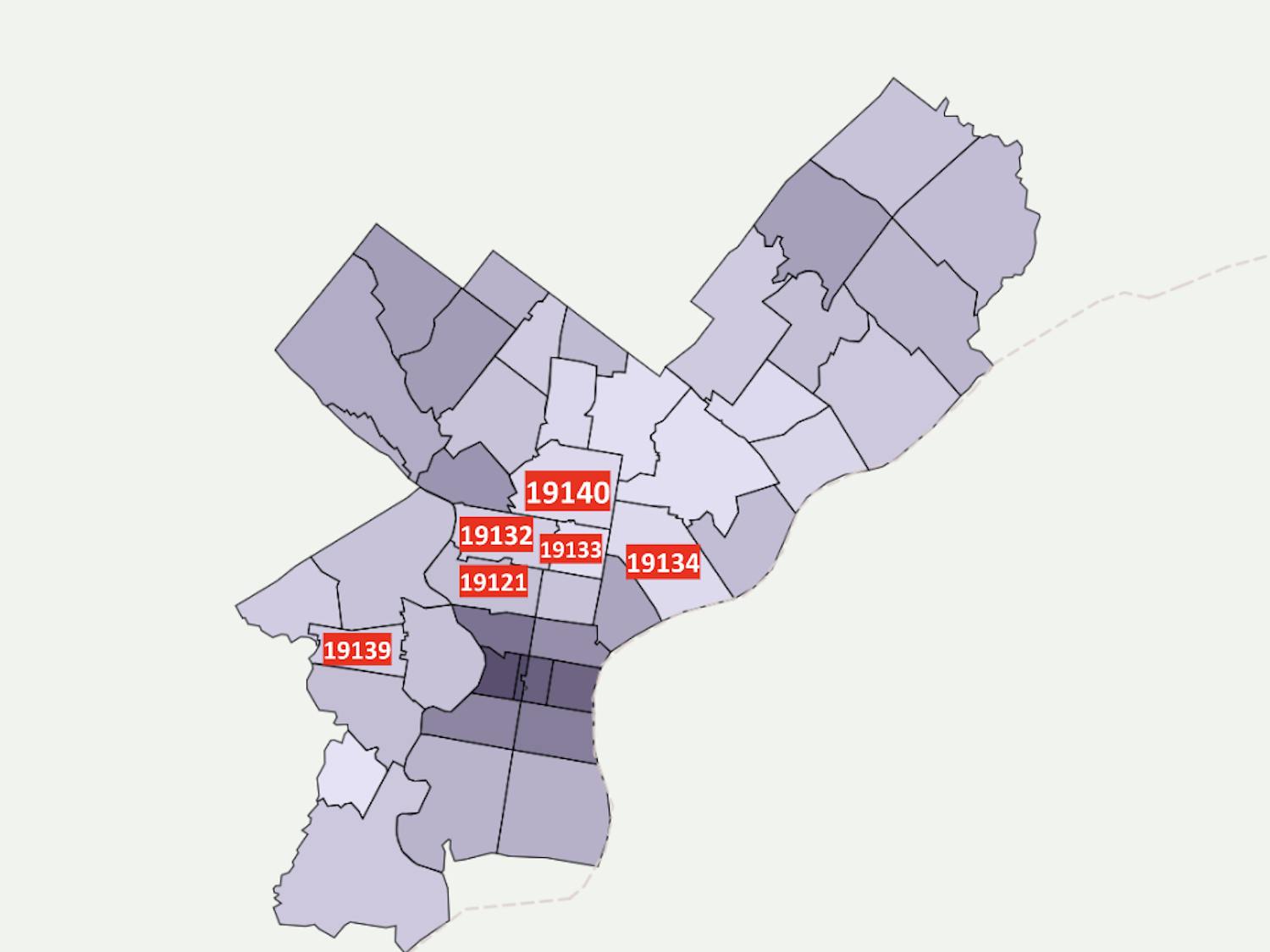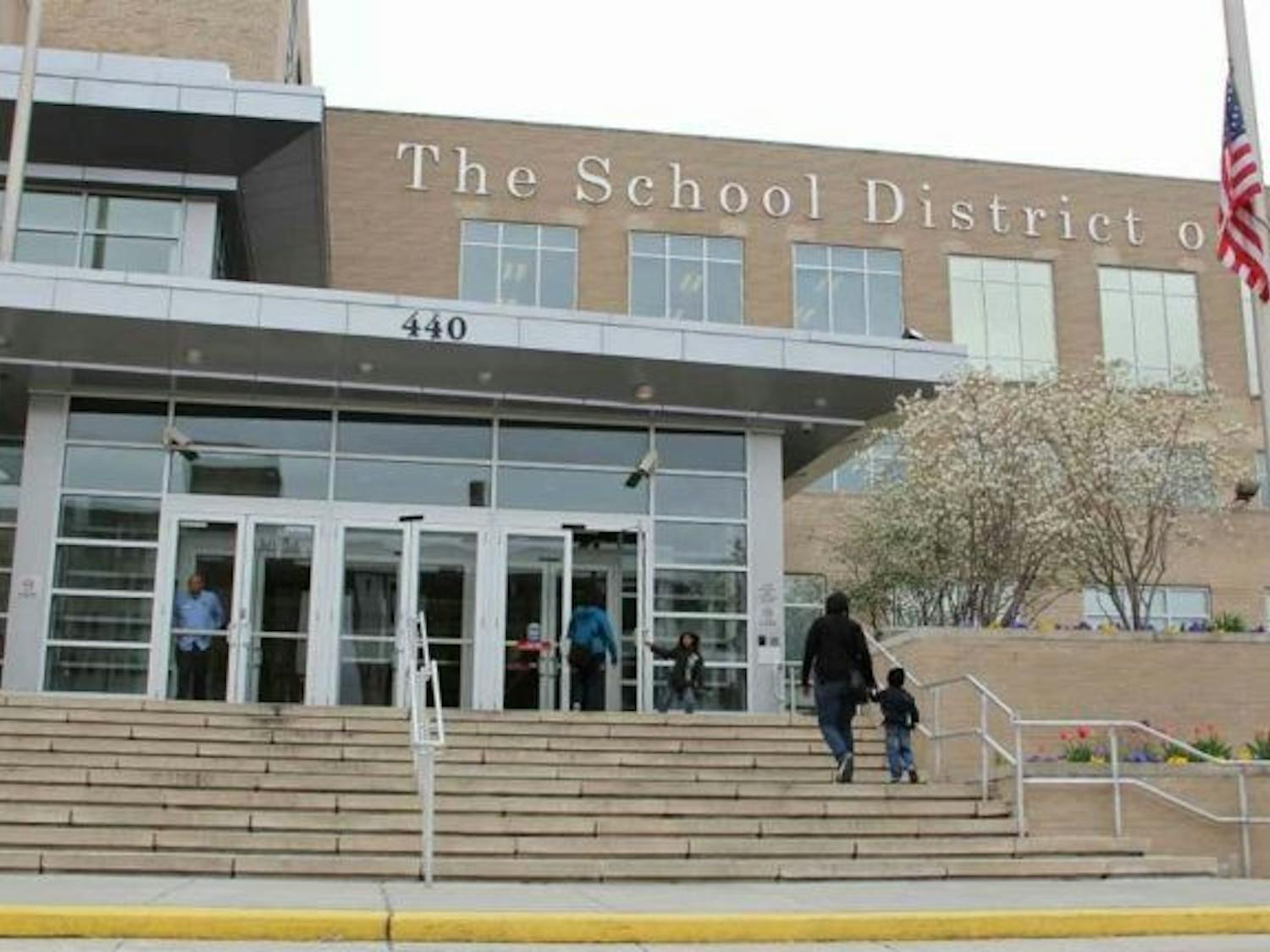The School District of Philadelphia’s (SDP) new superintendent, Dr. Tony Watlington, is commissioning a transition plan, with the intention of developing and introducing a Strategic Plan in the Spring of 2023. The plan consists of three phases, “The 100 Day Plan,” “Superintendents Transition Team,” and “Development of Strategic Plan.”
Currently in the final phase, advisory groups, one of which entitled Critical Friends, are being held in order to encourage communication in the district, its students, and educators– promoting inclusivity and diversity. Critical Friends lets the district receive feedback from students, teachers, and parents about how the district can best develop a strategy that allows students to succeed within their schools.
In the first meeting, attendants shared thoughts on a Jamboard, which were then transferred onto a transcript (responses were kept anonymous), assessing the transition plan in four different areas: Strengths, Weaknesses, Opportunities, and Threats. Information about the transition plan and what it entails is very limited, and the details of the plan are vague for such an important change.
Due to this, responses to the new plan were very mixed. Some educators see it as a step in the right direction while others pose concerns with how it will be achieved and account for the needs of all students.
-
Strengths
When asked about strengths, some shared that they thought new curriculum plans were achievable. They think this new design allows students to showcase their brilliance and create real change. “It is inspiring because it speaks to and sets an expectation for constructivist teaching and learning in our classrooms and schools. At the same time, it recognizes the assets that our students bring with them to school each day and provides a charge to awaken in each of them a desire” said one participant.
Another strength was pointed out in the language, math, and art departments, particularly the new books provided. Teachers are watching their students enjoying the texts, especially when seeing themselves and other cultures represented. They are seeing a positive impact on students with books that attempt to touch the full spectrum of diversity for students.
Weaknesses
Many participants feel these transitions are simply not inclusive enough to fit all schools, and that they provide a one-size-fits-all approach to schools that need different resources. The concern is, that while the plan may say it’s inclusive, it still does not reflect all students by excluding older students, immigrant or refugee students, students multi-racial/ethnic descent, students receiving special education services, etc.
Further on, another concern is that real-life connections are not strong. The new plan’s main goal is to ensure students and educators feel included and represented within their school and curriculum, but it heavily focuses on students’ “Brilliance” and success in school as opposed to meeting their personal needs. Most participants agreed that this is an inadequate way to address inclusivity within schools since it fails to recognize the journeys of the students and connect what children learn to their personal lives and needs.
Grade-level content was another stressed concern. Some high school teachers have students coming in with a reading level that is much lower than that of their expected reading level. “Some schools are not teaching at grade level due to student populations found across the district, [so] how [do you] teach HS students reading at a 3rd/4th grade level?” asked one participant.
Enjoy what you're reading?
Signup for our newsletter
Teachers are concerned as the new plan is too vague, it fails to account for the fact that each school and each student has different needs that cannot be addressed through nonspecific solutions.
Opportunities
When asked about opportunities seen within the changes, it was brought up that the district should remember to stay flexible with the Strategic Plan. Since no single solution will substantially support every school, it is important to take into consideration different factors, people, and backgrounds that make up a school and to stay flexible with changes and plans.
Along with criticism of new transition plans, the Critical Friends advisory group provided a space for students and educators to share additional information and opinions for the district to keep in mind when developing the Strategic Plan. Since the purpose of the group is to give students and educators a space to express what is working and what is not, participants also shared unique and helpful suggestions for the district.
One suggestion was that the district should have a curriculum that encourages heritage learners to learn in their preferred language. The district’s current goal with the curriculum is to learn English while promoting linguistic diversity. Some argued the goal is counterproductive, and allowing students to pursue their preferred language would be much more helpful to achieving the inclusivity.
Another idea shared was an integration of curriculum, and creating more classes and learning opportunities for students. One participant said, “There’s very little variety within electives and classes and therefore limited opportunities for students. The main thing that worries me, extracurriculars can have problems, and school clubs are pretty diverse. The highest math is Algebra II, and they need more options on courses for all schools.”
Threats
Finally, meeting participants expressed threats they saw the curriculum posed. One participant said, “SDP tries to swing to whatever new trend pops up, leaving teachers and students lost and confused. We can't embrace every new thing that comes along and do them all well.” Their main concern is that when the SDP drops all of these new changes onto students and teachers without a clear explanation of what will be implemented, and leaves them without the necessary means to do so, it actually does the opposite of promoting inclusivity and diversity within the district.
The new changes try to appeal to all, and therefore benefit no one.
-
While Dr. Watlington’s transition plan is still in progress, and some details remain unanswered, Critical Friends advisory group has provided helpful input on what aspects still need revision.
It is clear that while developing their strategic plan, the district must keep an open mind on the individual support that each student and teacher need in order to thrive and feel included within their schools.
Chinese Translation Here




